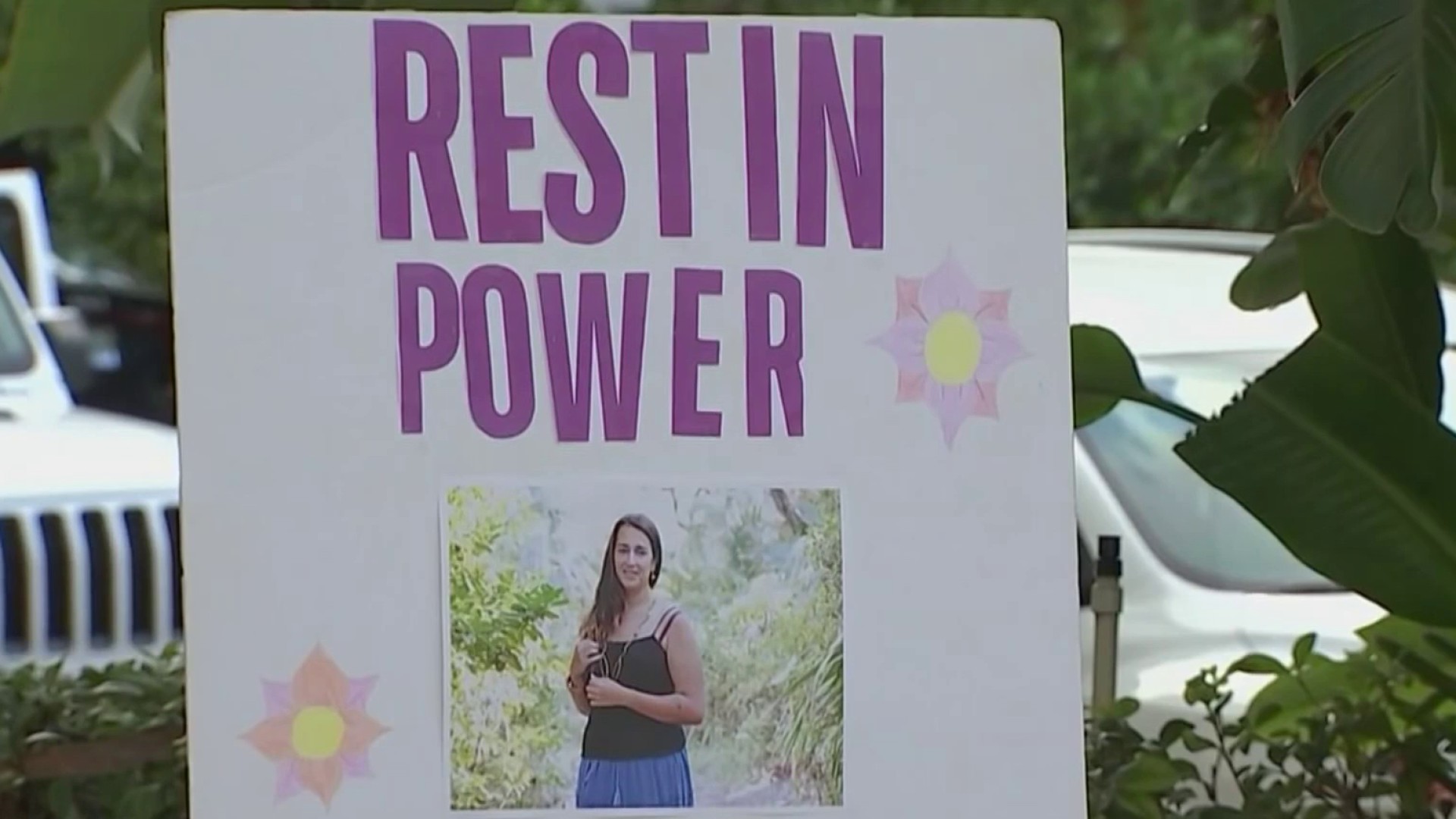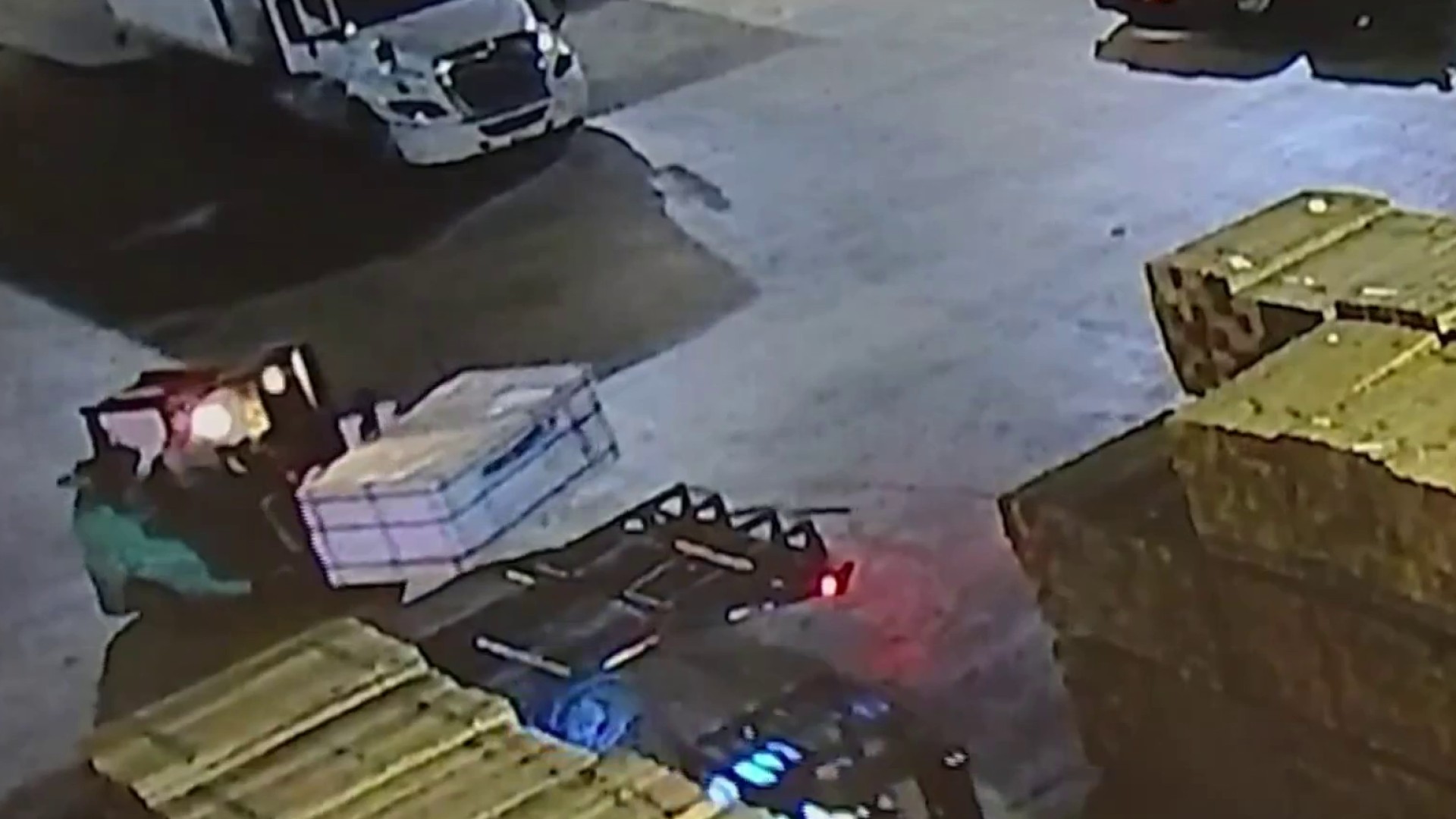What to Know
- The Legislature apologized for the abuse two years ago with many of the survivors gathered at the Capitol for the vote.
Researchers studying underground anomalies at a former Florida Panhandle reform school known for horrific abuse and dozens of unmarked graves said Tuesday that recently discovered earth disturbances don't contain human remains.
University of South Florida forensic anthropologist Dr. Erin Kimmerle said most of the 27 anomalies at the former Dozier School for Boys in Marianna are root balls from pine trees removed years ago. Others contain construction material, like bricks, piping and concrete. She said that's good news.
"Nobody wants to see the tragedy of deaths like that," Kimmerle said in a phone interview.
Kimmerle's team will now scan as much of the 1,400-acre property as it can using Lidar technology, which uses lasers to identify variations in the earth in a bid to identify any other anomalies.
The reform school located about 60 miles northwest of Tallahassee opened in 1900 and later became known for decades of abuse, including beatings, torture and rape. The state opened an investigation into the facility's past in 2009. The school was closed in 2011. The Legislature apologized for the abuse two years ago with many of the survivors gathered at the Capitol for the vote.
Kimmerlie also led a USF team from 2012 to 2016 that identified 55 graves at the school and unearthed the remains, using historical records and DNA to identify many of the boys buried there. The recently discovered anomalies were reported by a contractor using ground-penetrating radar while preparing the site for new development. The contractor raised concerns that there could be additional graves.
Local
Before excavating the graves, Kimmerle's team researched school records and identified nearly 100 people who died there, and had a list of 50 names of boys who might be buried at what's called the Boot Hill Cemetery. The area has about 30 white, iron crosses with no markings.
"We ended up finding more individuals than we thought should be buried there. At the end of it, we had five more sets of remains than we had names on that list," said Kimmerle, adding that there's no way to be 100 percent certain that there aren't more people buried at the school. "This idea that there's additional burials, it could certainly be someone unaccounted for. It could be gaps in the historical record. But generally, we like to know who we're looking for."



